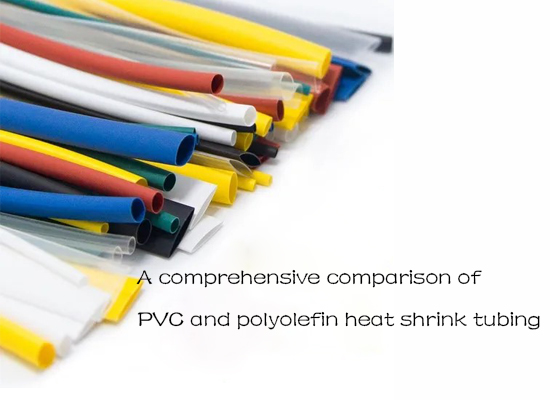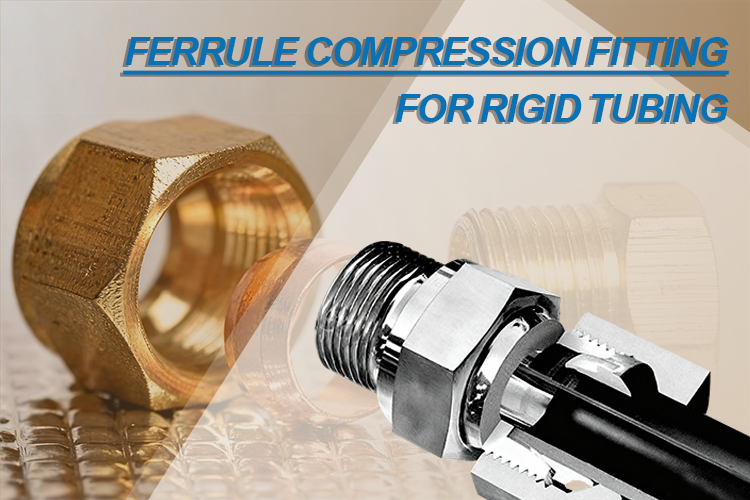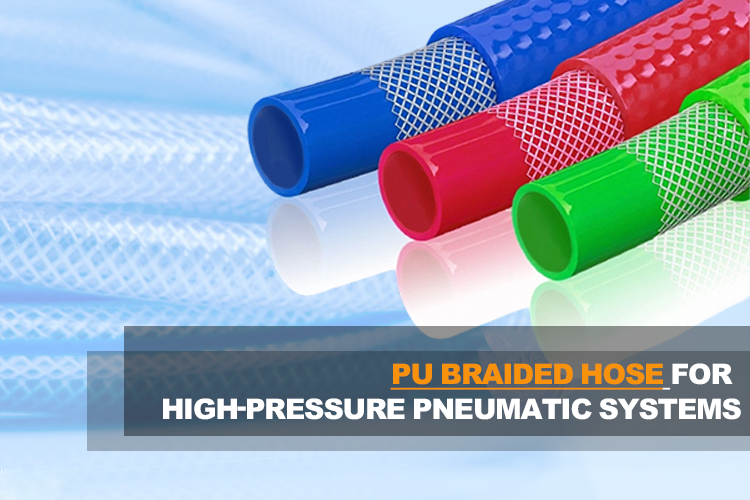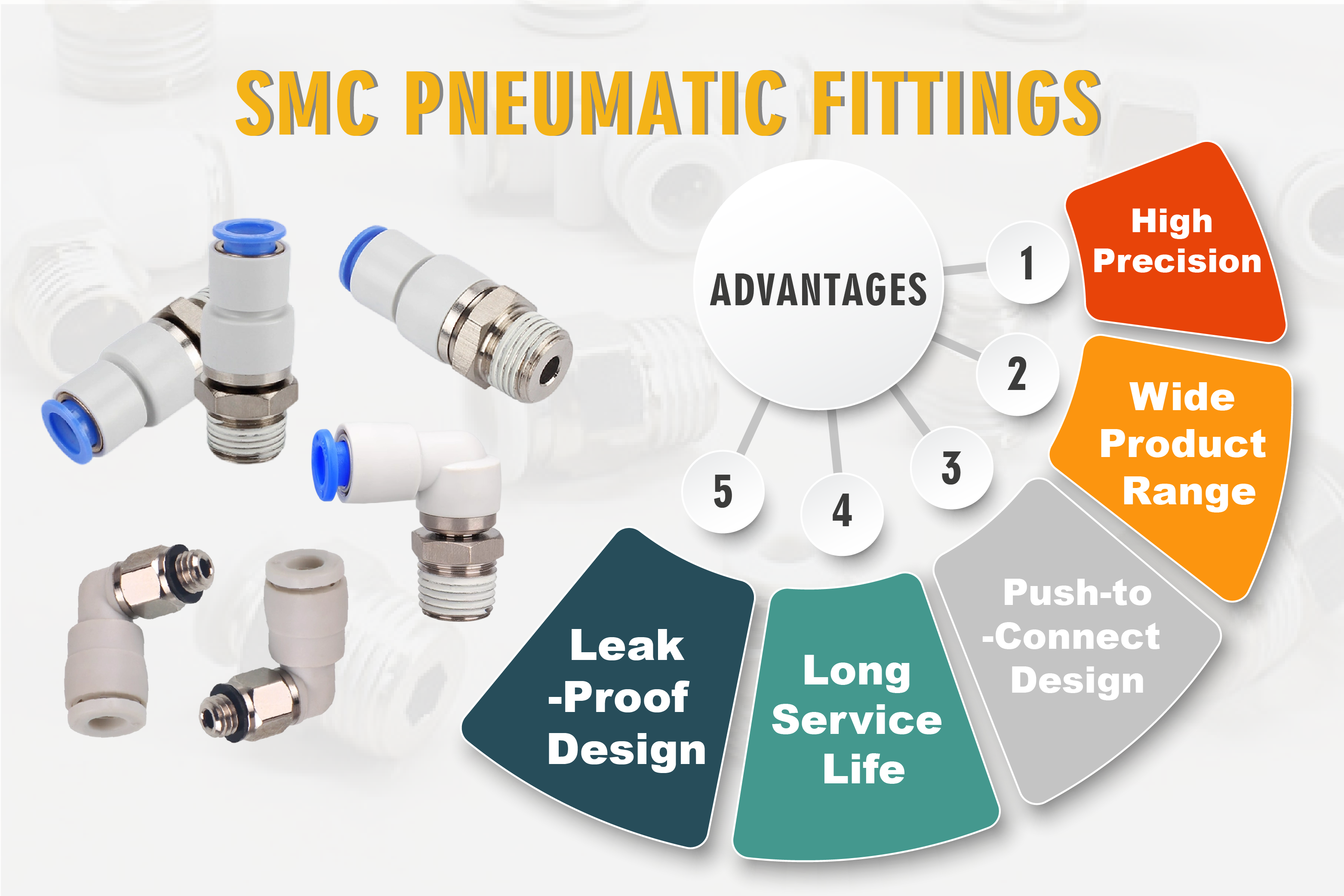Aug 27, 2025
The core value of heat shrinkability lies in utilizing the physical property of thermal contraction to achieve four primary functions: encapsulation, insulation, sealing, and identification of target objects.
Heat shrink tubing is the most widely used form that leverages heat shrinkability, with PVC heat shrink tubing and polyolefin heat shrink tubing being representative types of plastic tubing.
Each possesses unique core characteristics and advantages suited to different application scenarios. Below, I will introduce the features and differences between these two types of heat-shrinkable tubing from perspectives such as principle, material, performance, appearance, and shrinkage ratio.
Polyolefin heat shrink tubing principle: Based on "Cross-Linking" and "Elastic Memory".
The heat shrink principle of polyolefin heat shrink tubing involves chemical structural changes. High-energy electron beam irradiation induces chemical covalent bonds between linear polyolefin molecular chains, a process known as cross-linking, ultimately forming a three-dimensional network structure. Subsequent heating expands the tubing, which is then cooled and set. When heated again, the "elastic memory" effect of the cross-linked network causes it to return to its original dimensions.
PVC Tubing: Based on "Orientation" and "Rigid Elasticity"
The heat shrink principle of PVC involves a physical deformation process. The extruded PVC tubing is heated again to expand it to a larger size, then cooled and set, effectively "freezing" the molecular chain orientation and expansion stress. When reheated, the stress is released, causing the tubing to revert to its pre-extrusion dimensions.

PVC vs polyolefin heat shrink tubing in terms of materials and environmental friendliness, polyolefin is halogen-free and more environmentally safe.
PVC (Polyvinyl Chloride): The processing of PVC heat shrink tubing requires the addition of plasticizers, thermal stabilizers, and flame retardants. It contains halogens (chlorine) and releases toxic and corrosive gases when burned. Caution must be taken to prevent combustion during use.
Polyolefin: Polyethylene (PE) or polypropylene (PP) is used as the base material, with the addition of halogen-free flame retardants, antioxidants, etc. Polyolefin tubing produces low smoke and is non-toxic when burned, making it more environmentally safe and compliant with modern green electronics manufacturing requirements.
In the comparison of temperature resistance between the two types of tubing, polyolefin far outperforms PVC in high-temperature resistance.
PVC: The continuous operating temperature range is typically between -55°C and 105°C. Prolonged exposure to temperatures beyond this range will accelerate aging, embrittlement, and even cracking.
Polyolefin: It exhibits excellent temperature resistance, with a conventional operating temperature上限 of up to 125°C or 135°C. Some specially formulated variants can even operate long-term at 150°C, making them better suited for high-temperature environments such as inside high-power electrical appliances.
In the comparison of mechanical properties, polyolefin and PVC heat shrink tubing also differ in their post-cooling mechanical performance.
PVC: After shrinking, the material is relatively hard with limited flexibility. When bent or compressed, it has poor resilience and may undergo permanent deformation. It feels smooth but firm to the touch.
Polyolefin: After shrinking, it maintains excellent flexibility and elasticity, feeling softer to the touch. It better adapts to the shape changes of the wrapped object and offers superior abrasion and tear resistance.
PVC: It offers good electrical insulation properties, sufficient for most everyday low-voltage applications.
Polyolefin: It generally provides superior electrical performance, making it the preferred choice for high-voltage wiring, aerospace, military, and other fields requiring extremely high insulation reliability.
In terms of electrical performance, both provide insulation, but polyolefin offers more excellent and reliable electrical insulation properties.
PVC: It holds a significant advantage in this aspect. It can be manufactured with extremely high transparency, as clear as glass, making it ideal for applications requiring internal visibility (e.g., encapsulating LED beads). Its surface has a high gloss, with vibrant and smooth colors.
Polyolefin: Although transparent variants are available, their transparency is generally not as clear and bright as PVC, often appearing slightly hazy. The surface is mostly matte or semi-gloss, giving a softer appearance.
Core Difference: PVC offers extremely high transparency and a glossy surface, while polyolefin has slightly lower transparency and a mostly matte texture.
In terms of shrinkage ratio, polyolefin heat shrink tubing offers more and higher shrinkage ratio options, providing greater application flexibility.
PVC: The shrinkage ratio is relatively fixed, with the most common being 2:1.
Polyolefin: The selection range for shrinkage ratios is wider. In addition to the common 2:1, there are also high-ratio products such as 3:1, 4:1, and even 6:1. A higher shrinkage ratio means a single tube can adapt to objects with larger diameter variations, offering greater versatility.
PVC heat shrink tubing and polyolefin heat shrink tubing are both widely used types of heat shrink tubing. Their thermal and other properties are influenced by their base materials, and it is essential to match the tubing's utility with usage requirements.
Choose PVC when you need: A low-cost solution, applications in ordinary consumer electronics,very high transparency or rich colors for identification, and no strict requirements for temperature resistance or halogen-free environmental standards.
Choose polyolefin when you need: High reliability, long-life application scenarios, higher operating environmental temperatures, compliance with halogen-free environmental and safety flame retardant standards, and requirements for the tubing to remain soft and elastic or to have a high shrinkage ratio.
The core characteristic of PVC is its economic practicality, while polyolefin offers robust performance suited for harsh environments. If you would like to learn more, please visit our official website or contact us directly.
 Ferrule Compression Fitting for Rigid Tubing What It Is and How to Choose the Right Connection
Ferrule Compression Fitting for Rigid Tubing What It Is and How to Choose the Right Connection
 PU Braided Hose for High-Pressure Pneumatic Systems
PU Braided Hose for High-Pressure Pneumatic Systems
 How to Repair a Damaged Hose Using a Hose Mender
How to Repair a Damaged Hose Using a Hose Mender
 SMC Pneumatic Fittings: What Makes Them Stand Out in Industrial Automation
SMC Pneumatic Fittings: What Makes Them Stand Out in Industrial Automation
 PU Spiral Hose Features: Flexible Tangle-Free and Built for Real-World Pneumatic Work
PU Spiral Hose Features: Flexible Tangle-Free and Built for Real-World Pneumatic Work
You May Interest In
Links: www.fescolo.com(Pneumatic)
FOKCA ©1998-2025 All Rights Reserved Sitemap